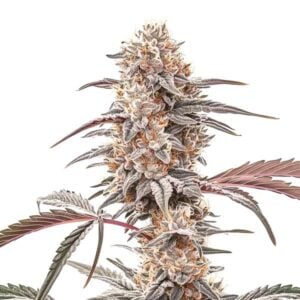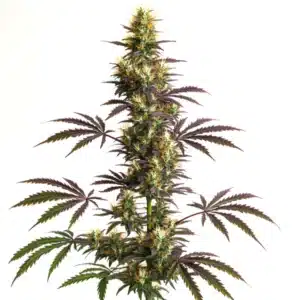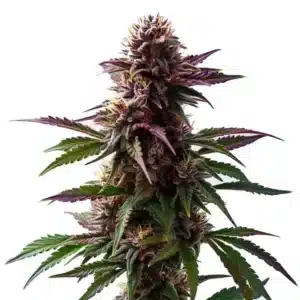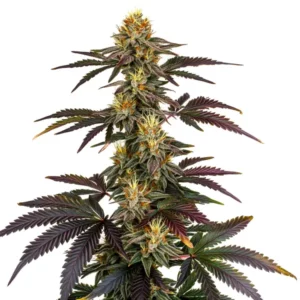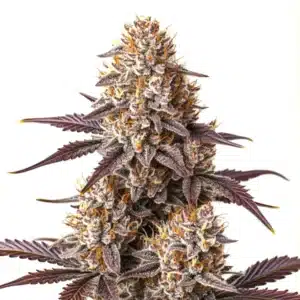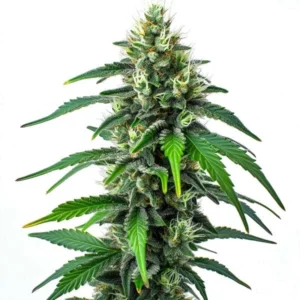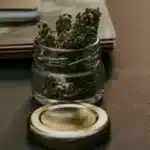
Outdoor Plant Dying During Flowering
Outdoor gardening can be incredibly rewarding, providing an opportunity to cultivate vibrant plants and enjoy the fruits of your labor in the form of fresh fruits, vegetables, or flowers. Nevertheless, many gardeners grapple with a perplexing issue, plants that appear to be struggling or dying during their flowering stage. This can lead to feelings of frustration, especially given the time, effort, and care invested in nurturing these plants. Understanding the various potential reasons behind dying outdoor plants during this critical period is essential, but fear not, effective solutions are often at hand.
Identifying Symptoms of Stress
Before diving into the solutions, it’s crucial to recognize the signs that indicate your plants might be under stress. Symptoms often present themselves in the form of changes to leaves, stems, or flowers. Spotting these signs early can make a world of difference.
Recommended Strains
Biscotti
|
|
THC | 25% - 30% (High) |
|
|
Type | Feminized |
|
|
Yield | Medium |
|
|
Phenotype | 80% Indica / 20% Sativa |
CheeseCake Gelato Auto
|
|
THC | 18% - 20% (Medium) |
|
|
Type | Autoflowering |
|
|
Yield | Low |
|
|
Phenotype | 30% Indica / 70% Sativa |
- Leaves turning yellow or brown
- Wilting despite receiving adequate watering
- Browning edges on leaves
- Flowers dropping prematurely
- Stunted growth or reduced yield
These symptoms might be indicative of a range of issues such as nutrient deficiencies, pest incursions, environmental stressors, or diseases. By observing your plants closely, you can catch these warning signs early, allowing for proactive management and intervention.
For instance, if you notice leaves are turning yellow, this might signal that the plants are lacking essential nutrients or are potentially dealing with improper watering practices. When observing wilting, it’s also critical to check the soil moisture levels to ensure you’re not inadvertently contributing to your plants’ struggles.
Promos & Deals
Pest Infestation and Damage
Pests can pose a significant threat to outdoor plants, often sapping their vigor and leaving them vulnerable, especially during the crucial flowering phase. Common pests like aphids, spider mites, and whiteflies can wreak havoc if not managed proactively, making regular inspections a vital aspect of outdoor gardening.
To effectively combat these pests, consider employing organic pesticides or insecticidal soap sprays as part of your pest management strategy. Additionally, introducing beneficial insects, such as ladybugs, can assist in keeping pest populations in check naturally. Creating a balanced ecosystem in your garden can significantly reduce the likelihood of pest issues.
Moreover, regular plant inspections can help catch pest issues early. Check for webs, droppings, or visible insects on plants. Taking immediate action can prevent a minor pest issue from escalating into a more significant crisis that could affect your plants during flowering.
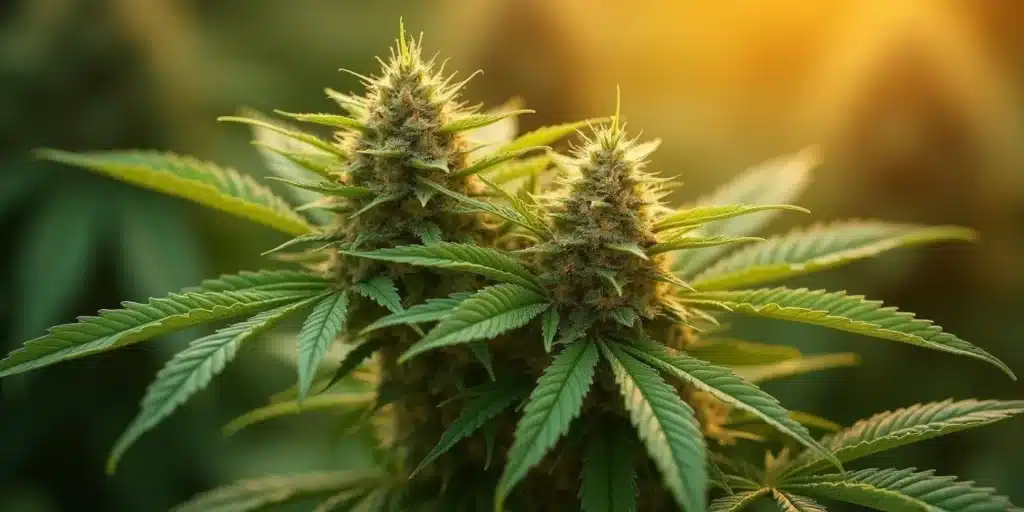
Nutrient Deficiencies
Nutrient deficiencies can lead to weak, uninspired plants, especially during their flowering phase, when they require more energy and nutrients to thrive. The three key nutrients to focus on are nitrogen, phosphorus, and potassium, each playing a vital role in the overall growth and development of plants.
- Nitrogen: Essential for establishing healthy shoots and foliage growth.
- Phosphorus: Crucial for healthy root development and robust flower production.
- Potassium: Important for overall plant health and enhancing resistance to diseases.
To ensure your plants receive the proper nutrients, consider using a well-balanced fertilizer designed specifically for flowering plants. Regular soil testing will help you gain a clear understanding of your soil’s nutrient levels, enabling you to cater to your plants’ specific needs.
Engaging with your plants means you should also pay attention to the visual cues they give you. For instance, if you see your flowers are smaller than usual, this might indicate a phosphorus deficiency, signaling the need for a nutrient boost.
Environmental Factors
Plants are highly sensitive to their immediate environment, so fluctuations in temperature, humidity, and lighting can have profound effects on their health and vitality. Just a sudden heatwave or unexpected cold snap can cause severe stress during the flowering stage, leading to potential decline.
To create a more controlled environment for your plants, consider employing moisture-retaining mulch to help regulate soil temperature and moisture levels. Additionally, installing shade cloths can shield your plants from the harshest rays of the sun during particularly hot spells. Keeping a close eye on weather forecasts and your plants during stressful periods can help mitigate damage.
Moreover, consider relocating sensitive plants during extreme weather conditions. If you’re anticipating a drop in temperature or excessive heat, taking defensive measures can spare your plants from detrimental changes that may harm their flowering process.
Watering Practices
The way you water your plants can either preserve their health or lead to trouble. Both overwatering and underwatering can result in significant problems for your plants. Overwatered individuals may develop root rot, while those that are underwatered can wilt and exhibit signs of stress.
To establish a reliable watering routine, regularly check the soil moisture by inserting your finger into the soil up to the first knuckle. If the soil feels dry, it’s time to water. This simple check can help you maintain the right balance and ensure your plants remain adequately hydrated, especially throughout the demanding flowering stage.
Additionally, consider implementing a drip irrigation system, which allows for precise watering that avoids both over and under-watering scenarios. By maintaining consistent moisture levels, you’re setting your plants up for success as they progress through flowering.
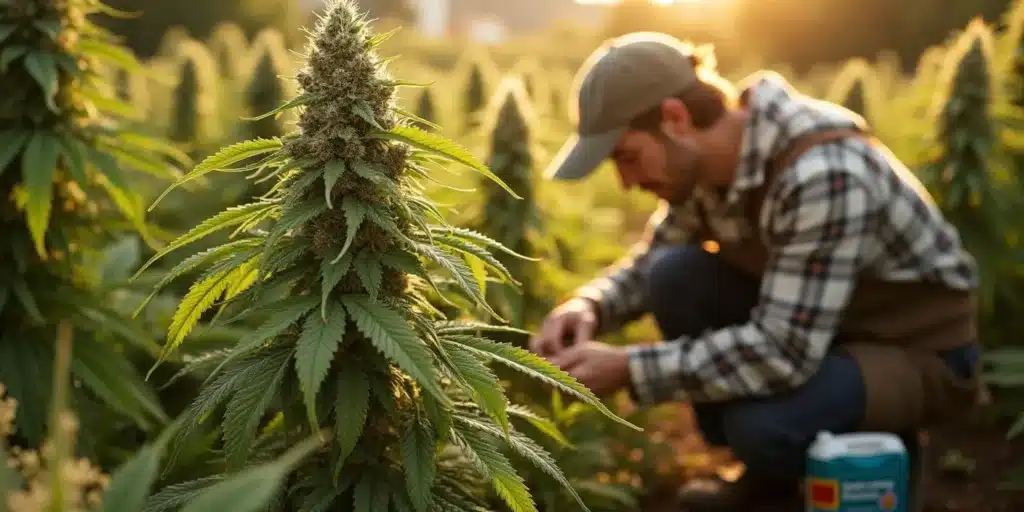
Strains That Thrive Outdoors
Selecting the right strains is pivotal for successful outdoor cultivation. Certain strains demonstrate greater resilience and adaptability to outdoor conditions, making them more suitable for your garden. Here are three strains that have shown excellent performance when grown outdoors:
- Critical Mass: Celebrated for its impressive yields and natural resistance to pests, this strain is a top choice for outdoor enthusiasts.
- Blue Dream: Thrives under sunlight and is known for its uplifting effects, all while requiring moderate care.
- Gelato: A hybrid strain recognized for its robust flavor and ability to adapt to varying climates with ease.
While these strains typically fare well outdoors, continuous monitoring is essential to address potential issues promptly. Choose seeds that not only complement your growing environment but also align with your personal preferences for the best growing experience.
Beyond the selection of strains, it’s also beneficial to seek out local growers and connect about their experiences. They can offer insights into which strains perform well in your region, especially as they relate to local environmental conditions.
Preventing Future Issues
A proactive approach is essential to prevent problems during the flowering stage of your plants. Begin by thoroughly preparing your garden long before planting season arrives. Soil quality, nutrient levels, and environmental stability are crucial components contributing to the health of your plants. Regular maintenance and observation can help catch any issues early, minimizing potential long-term consequences.
Furthermore, consider practicing crop rotation whenever feasible. Crop rotation can rejuvenate soil health, reducing the accumulation of pests and diseases. Keeping your garden tidy and implementing companion planting strategies can invite beneficial insects and foster a more natural balance.
Regularly inspecting your garden and maintaining communication with fellow gardeners can also enhance your understanding of potential challenges and solutions that may crop up during the flowering phase.

Frequently Asked Questions
What should I do if my plants are wilting?
If you find your plants wilting, begin by reassessing your watering practices. Ensure that you’re not overwatering, as this can lead to root rot. Check the soil moisture using your finger. If it feels dry, it’s time to provide water gradually to support the roots. Conversely, if the soil is soggy, allow it to dry out to promote healthy root development.
In addition to examining soil moisture levels, take note of the plant’s environment. Factors like temperature and humidity impact your plants, make adjustments as needed to create a more favorable habitat.
Why are my flower buds falling off?
Flower buds may drop due to several factors, including stress caused by environmental conditions, inadequate nutrient supply, or pest infestations. To identify the root cause, attentively inspect your plants for signs of distress. Adjusting your feeding schedule, addressing pest issues, and ensuring optimal environmental conditions can help mitigate further bud loss.
To further safeguard your yard, regularly monitor for pest activity and consider introducing beneficial insects that can provide natural pest management solutions.
How can I tell if my plant has a nutrient deficiency?
Signs of nutrient deficiencies can manifest in various ways, often appearing as yellowing leaves, stunted growth, or unusual leaf shapes. Individual nutrient deficiencies exhibit distinct symptoms; for example, nitrogen deficiency usually results in yellowing leaves, while phosphorus deficiency might cause dark or purple-tinted leaves. Using a balanced fertilizer and testing your soil can help correct deficiencies and restore your plants’ health.
Keep in mind that different plants have varied nutrient needs, so it’s beneficial to research your specific plants and tailor your fertilization practices accordingly.
Is it possible to save a dying plant?
Yes, a dying plant can often be salvaged if you quickly identify the underlying issue. Begin by rectifying any watering mistakes and adjusting nutrient levels, as well as assessing environmental conditions. Pruning dead or affected leaves can redirect the plant’s energy towards healthy growth. However, the success of recovery largely depends on the severity of the damage and the promptness of your action.
In some cases, it might help to transplant the struggling plant into a fresh potting mix, providing a cleaner slate for recovery. Keeping optimal care during this transition can help rejuvenate your plant!
Can I bring my outdoor plants indoors?
Shifting outdoor plants indoors can be risky. Many pests or diseases might hitch a ride on your plants during the transition. If you choose to bring them inside, thoroughly inspect the plants and apply appropriate treatments for any visible pests. Ideally, it’s wisest to keep outdoor plants outside for optimal growth, only bringing them indoors during extreme weather conditions if absolutely necessary.
Understanding the specific needs of your plants can help guide your decision when it comes to relocating them. Sometimes, simply creating a protective barrier outdoors can be more beneficial than bringing plants indoors.
Tackling the challenge of outdoor plants that may be suffering during their flowering stage can be daunting, yet entirely manageable with careful observation and proactive measures. By comprehending the potential issues at play, you can cultivate healthier plants that thrive and flourish beautifully in your garden.


